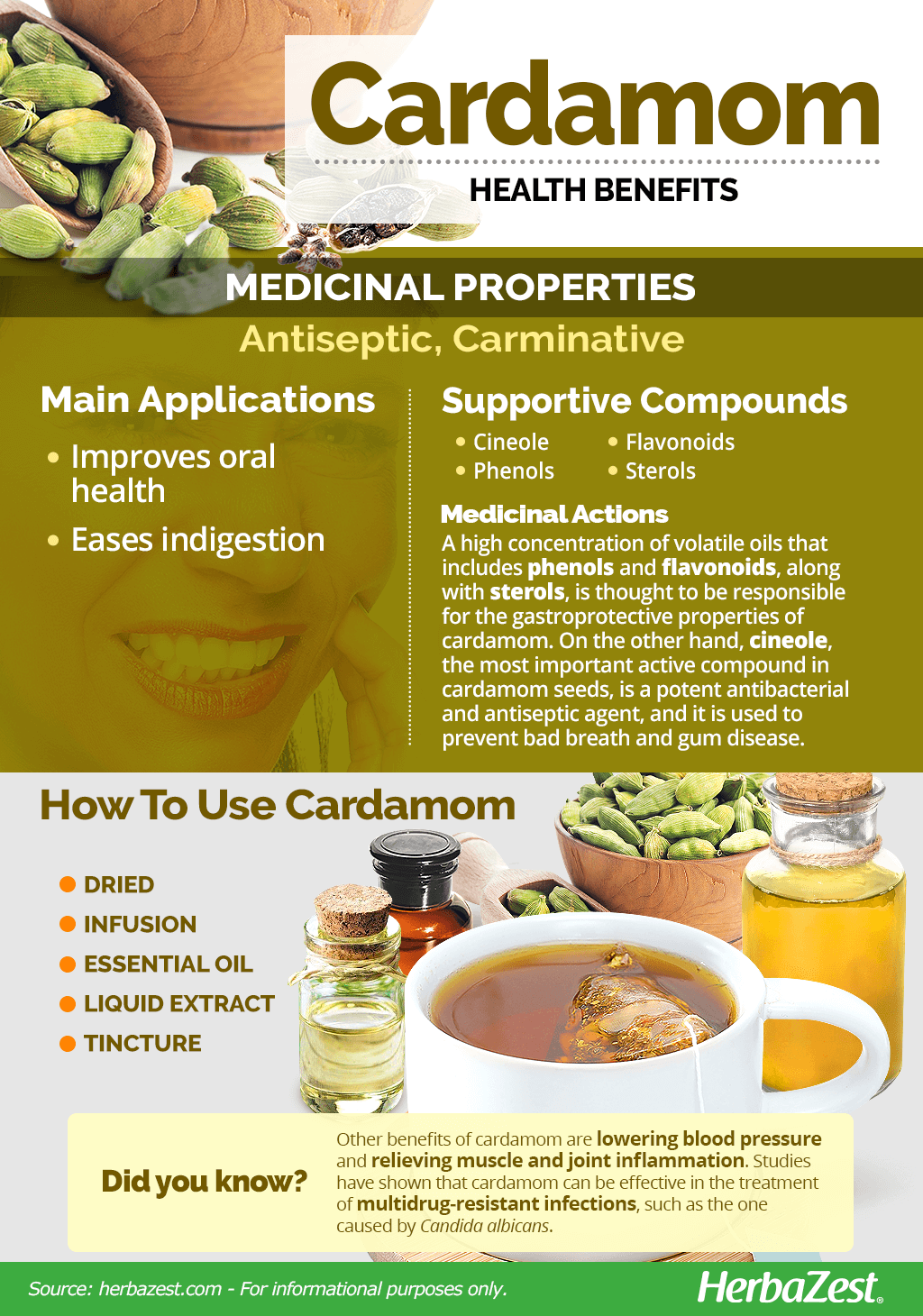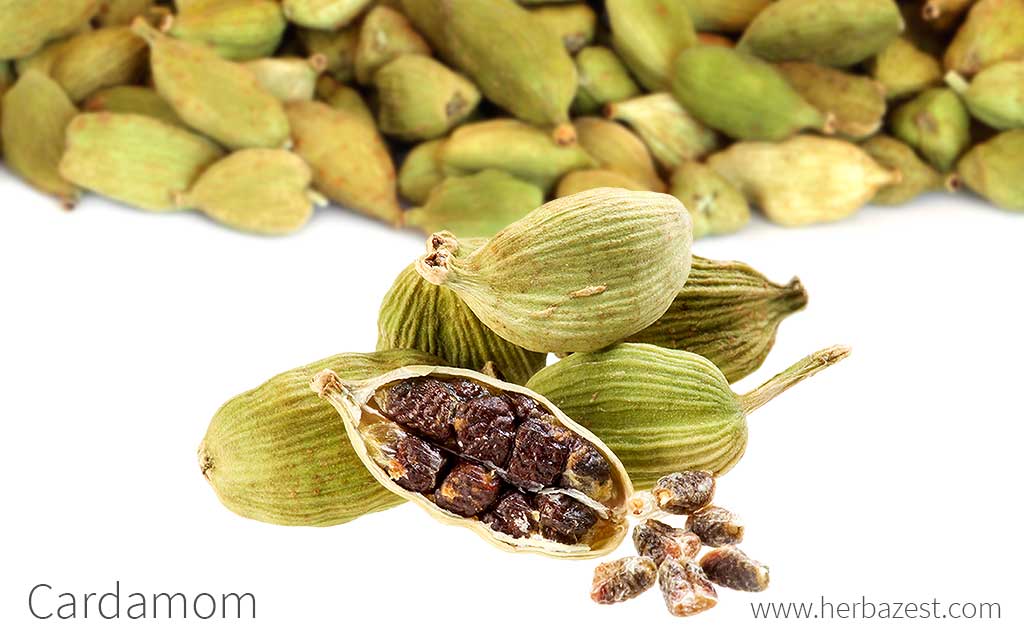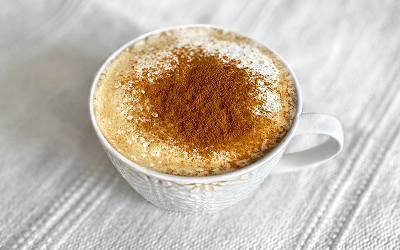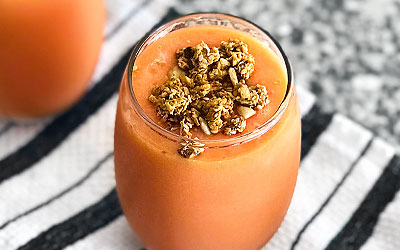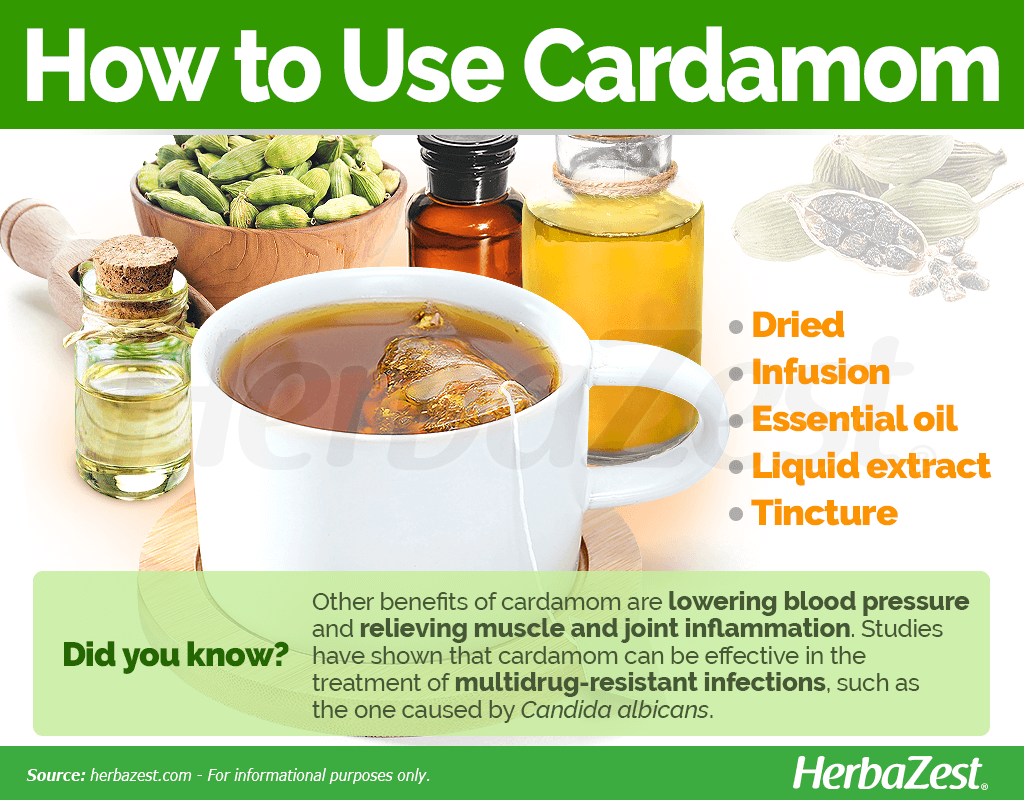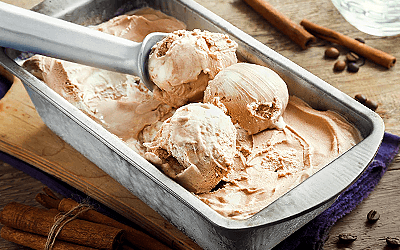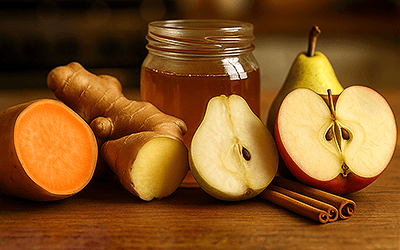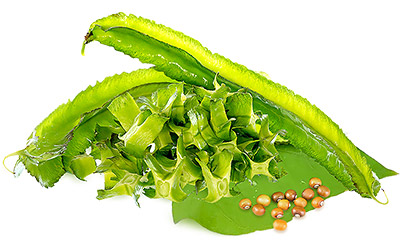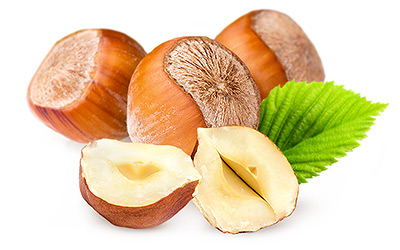Cardamom may share familiar beginnings with several other spices, but its history of global use is anything but common, following a trajectory all its own and garnering culinary as well as medicinal esteem along the way. Now native to several tropical regions of Southeast Asia, cardamom is thought to have originated in southern India and Sri Lanka, finding use in traditional Ayurvedic medicine as far back as 4,000 years ago.
Cardamom Medicinal Properties
- Medicinal action Antiseptic, Carminative
- Key constituents Cineole, phenols, flavonoids, sterols
- Ways to use Hot infusions/tisanes, Liquid extracts, Food, Tincture, Essential oil, Dried
- Medicinal rating (1) Very minor uses
- Safety ranking Safe
Health Benefits of Cardamom
Used medicinally for centuries, cardamom has many medicinal benefits, including some of the following:
Improves oral health. The use of cardamom can improve many aspects of oral health, including fighting gum disease and tooth decay as well as eliminating bad breath.
Eases indigestion. Cardamom is incredibly useful for easing heartburn or upset stomachs.
In addition, cardamom's health benefits include:
Lowering blood pressure. Cardamom encourages antihypertensive activity in the body, which is helpful for blood pressure regulation.1
Reducing inflammation. Its anti-inflammatory properties can ease muscle and joint pain in the body.
Treating depression. While there is no scientific evidence to support this function, cardamom has been used to treat depression.
How It Works
Cardamom has numerous chemical compounds that give it its exceptional medicinal properties. Elattria cardamom seeds are rich in volatile oil, which mainly includes phenolic and flavonoid components. Some of these them also include starch, protein, waxes and sterols. These compounds, along with its high methanol content, give cardamom its gastroprotective properties, which ease digestive issues.2
Cineole, one of the major components found in cardamom oil, is a potent antibacterial and antiseptic used in the treatment and prevention of bad breath and gum disease. It fights oral pathogenic bacteria, which can lead to halitosis and oral infections.3,4
Cardamom has proven to be effective in the treatment of multidrug-resistant infections, such as the one caused by Candida albicans.5
Other herbs with antiseptic properties are calendula and stevia, whereas oregano and peppermint aid digestion.
Cardamom Side Effects
Cardamom is likely safe for most people when taken by mouth. However, very little research has been done regarding its potential side effects. For those who suffer from irritable bowel syndrome (IBS) or other stomach sensitivities, large amounts of cardamom can trigger an upset stomach.
Cautions
Individuals with gallstones should not take cardamom because it can trigger gallstone colics. Likewise, women who are pregnant or breastfeeding should consult a physician before taking cardamom medicinally since little is known about its potential effects.
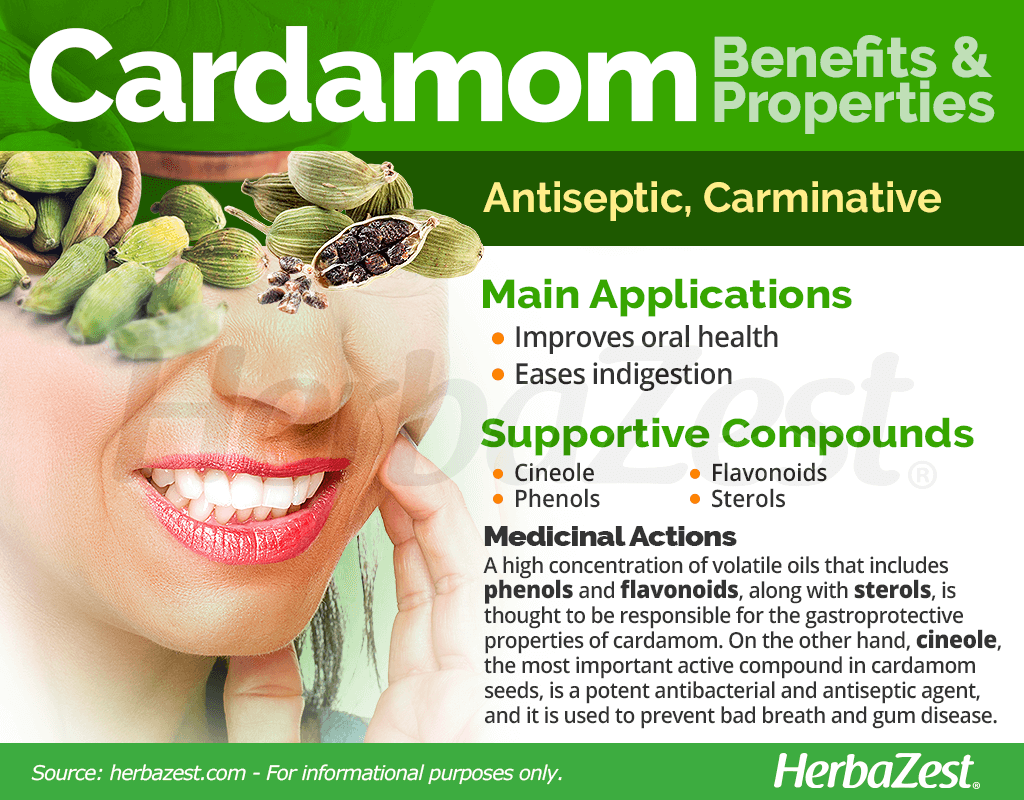
How to Consume Cardamom
- Edible parts Seed
- Edible uses Flavoring
- Taste Aromatic
The most effective way of obtaining cardamom's health benefits is in its medicinal forms of consumption, where the properties are more concentrated.
Natural Forms
Dried. Two types of dried cardamom are used for food: black cardamom and green cardamom. Both kinds of cardamom seeds are considered a spice, like ginger, and they can be added to savory and sweet dishes, not just for flavor, but also to aid digestion issues, such as diarrhea or nausea.
Infusion. When brewed into a hot tea, cardamom eases stomach complains and lower blood pressure.
Herbal Remedies & Supplements
Essential oil. Cardamom essential oil has numerous medicinal properties, including easing heartburn and reducing inflammation in the muscles and joints.
Extract. In this medicinal form, cardamom is incredibly beneficial for easing an upset stomach.
Tincture. When taken as a tincture, cardamom can improve oral health by eliminating halitosis, or bad breath.
Growing
- Life cycle Perennial
- Harvested parts Seeds, Fruit
- Light requirements Partial shade, Full shade
- Soil Medium (loam)
- Soil pH 5.6 – 6.0 (Moderately acidic), 6.1 – 6.5 (Slightly acidic)
- Growing habitat Humid regions, Subtropical regions
- USDA Plant Hardiness Zones 10a, 10b, 11a, 11b, 12a, 12b
- Plant spacing average 3 m (9.84 ft)
- Propagation techniques Cuttings
- Potential diseases Fungi, Root rot
Because it is a high maintenance tree, growing cardamom is not recommended for novice gardeners. For those who take on the challenge, however, it can be incredibly rewarding. Follow the growing guidelines below for this tree.
Growing Guidelines
In order to thrive, cardamom requires an average temperature of least 72°F (22°C) and high humidity.
It prefers rich, slightly-acidic, loamy soils. For best growing results, fertilize with phosphorus or potassium in the soil.
Cardamom is highly intolerant of drought, so a steady water supply is required at all times if it does not rain often.
Cardamom needs at least partial sunlight in order to grow.
Seedlings should be planted 7 feet (2.1 m) apart
The cardamom plant produce capsules that contain seeds in its third year of life. After the flowers mature, they will dry out as capsules develop.
- Cardamom can reach heights up to 10 feet (3 m) by its third year.
Additional Information
- Other uses Perfume
Plant Biology
Native to India and other parts of central Asia, cardamom is recognized for its small seed pods that can be green or dark brown to black, triangular in cross-section and spindle-shaped, with a thin, papery outer shell and small dark seeds.
Individual cardamom plants can grow up to 15 feet (5 m) tall, and their characteristic blooms are white with reddish-purple markings. Leaves are long, pinnate, and lance-shaped, while seeds are grown in seedpods along the stem. Up to 20 seeds - the part that contains the highest concentration of the herb's nutritional value - can grow from each pod.
Classification
Cardamom (Elettaria cardamomum) is one of 1,300 species that belong to the Zingiberaceae family, which is known for flowering perennial plants with tuberous roots and rhizomes. Other well-known members of this family, closely related to cardamom, are ginger (Zingiber officinale) and turmeric (Curcuma longa).
The genus Elettaria consists of about six or seven species distributed in India, Sri Lanka, Malaysia, and Indonesia. However, E. cardamomum is the only one with economic value.
Varieties and Cultivars of Cardamon
In the wild, Malabar cardamom plants, native to the Kerala region of India, feature clusters of flowers that grow horizontally along the ground. This is their main difference from the Mysore cardamom variety, whose flower clusters grow vertically.
In regard to cardamon cultivars, the hybrid union of Malabar and Mysore is known as 'Vazhuka,' whose traits fall predictably between the extremes. On a commercial level, modified cultivars like 'Njallani' offer the highest yield per crop cycle.
Historical Information
Cardamom was listed in ancient Egyptian documents as a cure for overindulgence as early as 1500 BCE. Ancient Greece and Rome incorporated it into perfumes and ointments for the duration of each civilization. The Vikings - who later came to Constantinople – brought it back to Scandinavia as a seasoning.
Despite such early expansion, cardamom was not introduced to North America until the 19th century, but by the 1920s, cultivation in Guatemala surpassed every worldwide precedent.
Economic Data
Though not as commercially prominent as other plants, cardamom still forms a significant part of the spice industry, most commonly exported for culinary use.
Since cardamom is a native Asian crop, the market has been dominated by countries like India, Nepal and Buthan. However, a 2019 shortage in those areas became an opportunity for Guatemala to enter the market. This Central American country is currently the largest cardamon exporter, with 60% of the global market.
India also continues to be a strong producer, having yielded roughly 16,500 tons in the same year. Bulk green cardamom creates the most profit, selling from India at an average of $9.00 USD per kilogram.
Popular Beliefs
In Saudi Arabia, cardamom was believed to be an aphrodisiac. It was also thought that by blending it into coffee, the cardamom would eliminate of the bad effects of drinking coffee.
Cardamom carries symbolic meanings in Hindu worship. In Cambodia, east of Angkor Wat, lies the Prasat Krawan temple, also known as the Cardamom Sanctuary. It is dedicated to Vishnu, one of the central deities of Hinduism.
Other Uses of Cardamom
Perfume industry. Cardamom essential oil is commonly used in fragrances, as its scent provides a rich undertone to many other popular ingredients, such as myrrh or sandalwood.
Breath refresher. Cardamom flavoring is used as an additive for breath mints, chewing gums, and other products aimed at neutralizing bad breath.
Sources
- Agriculture and Food Security, Spicing up gastrointestinal health with dietary essential oils, 2020
- Cardamom: The Genus Elettaria, p. 11
- Government of India, National Innovation Foundation: New Cardamom Variety - Njallani | Spices Board India: Auction Price List
- Inter-American Development Bank, Lessons from Cardamom for a Green Recovery, 2020
- International Journal of Drug Formulation and Research, Therapeutic uses of Elettria cardamom, 2011
- Molecular Targets and Therapeutic Uses of Spices, Cardamom (Elettaria cardamomum) and Its Active Constituent, I,8-cineole, 2009
- United States Agency of International Development, The World Market for Cardamom, 2011
- Encyclopedia of Herbal Medicine, p. 95
- FAOSTAT, Nutmeg, mace, and cardamoms
- Journal of Food Science, Cardamom Potential Health Benefits, 2022
Footnotes:
- National Institutes of Health. (2009). Blood pressure lowering, fibrinolysis enhancing and antioxidant activities of cardamom (Elettaria cardamomum). Retrieved on May 27, 2016 from http://www.ncbi.nlm.nih.gov/pubmed/20361714
- Avicenna Journal of Nursing and Midwifery Care. (2014). Effect of Cardamom aromas on the Chemotherapy-induced Nausea and Vomiting in Cancer Patients. Retrieved May 6, 2022 from: http://nmj.umsha.ac.ir/article-1-1280-en.html
- Anaerobe. (2020). Antibacterial and anti-inflammatory activities of cardamom (Elettaria cardamomum) extracts: Potential therapeutic benefits for periodontal infections. Retrieved May 6, 2022 from: https://www.sciencedirect.com/science/article/abs/pii/S1075996419301490
- Iranian Journal of Pharmaceutical Research. (2010). In Vitro Evaluation of Antibacterial Potential of Dry FruitExtracts of Elettaria cardamomum Maton (Chhoti Elaichi). Retrieved May 6, 2022 from: https://www.ncbi.nlm.nih.gov/pmc/articles/PMC3863444/
- Science of Food and Agriculture. (2017). Cardamom supplementation improves inflammatory and oxidative stress biomarkers in hyperlipidemic, overweight, and obese pre-diabetic women: a randomized double-blind clinical trial. Retrieved May 6, 2022 from: https://onlinelibrary.wiley.com/doi/abs/10.1002/jsfa.8414
- Current Medical Mycology. (2016). The Evaluation of the virulence factors of clinical Candida isolates and the anti-biofilm activity of Elettaria cardamomum against multi-drug resistant Candida albicans. Retrieved May 6, 2022 from: https://www.ncbi.nlm.nih.gov/pmc/articles/PMC5490299/
